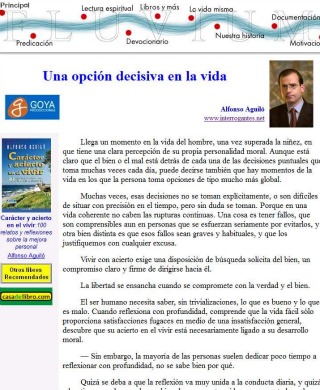“The results tell us that dark energy is a cosmological constant, as Einstein proposed. If gravity were the culprit, then we wouldn’t be seeing these constant effects of dark energy throughout time.”
The latest findings have come from a galaxy survey project called WiggleZ, which began in 2006 and finished this year. WiggleZ used data from Nasa’s Galaxy Evolution Explorer (Galex) space telescope and the Anglo-Australian Telescope on Siding Spring Mountain in Australia.
The survey mapped the distribution of galaxies in an unprecedented volume of the Universe, looking eight billion years back in time – more than half the age of the Universe.
Cosmologist Bob Nicholl, who was not involved with the research, told BBC News: “This is a major step forward. These guys are serious, major scientists and we’ve been waiting for this result for some time.
The professor of astrophysics at Portsmouth University, UK, added: “It’s re-confirmation of dark energy, it gives us another data point to fit our theories around and it shows us the way to the future. More astronomers are going to be doing this in years to come.”
While dark energy makes up about 74% of the Universe, dark matter – which does not reflect or emit detectable light – accounts for 22%. Ordinary matter – gas, stars, planets and galaxies – makes up just 4% of the cosmos.
However, despite scientists being able to infer the existence of dark energy and dark matter, these phenomena still elude a full explanation.
Publicado via email a partir de Palabras de camino

